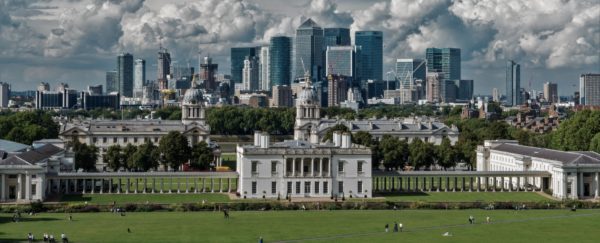According to Knight Frank, foreign investment in UK commercial property saw a significant post-pandemic rebound, with Middle Eastern investors acquiring over $700m of assets in 2022. In 2023, investment, dominated by private capital from ultra-high net worth individuals, is expected to reach $1bn, with more than a third of this targeted at offices and mixed use. In the past decade, Far East investors averaged 25% of non-domestic investment in UK commercial property assets (Savills), and while this activity cooled due to the pandemic, investment volumes are expected to return to pre-crisis levels.
Currently, overseas investors own around £90bn of property in England and Wales. Among these investors, European and Middle Eastern group have shown a growing interest in UK retail and residential properties, which are becoming a significant component of their portfolios.

